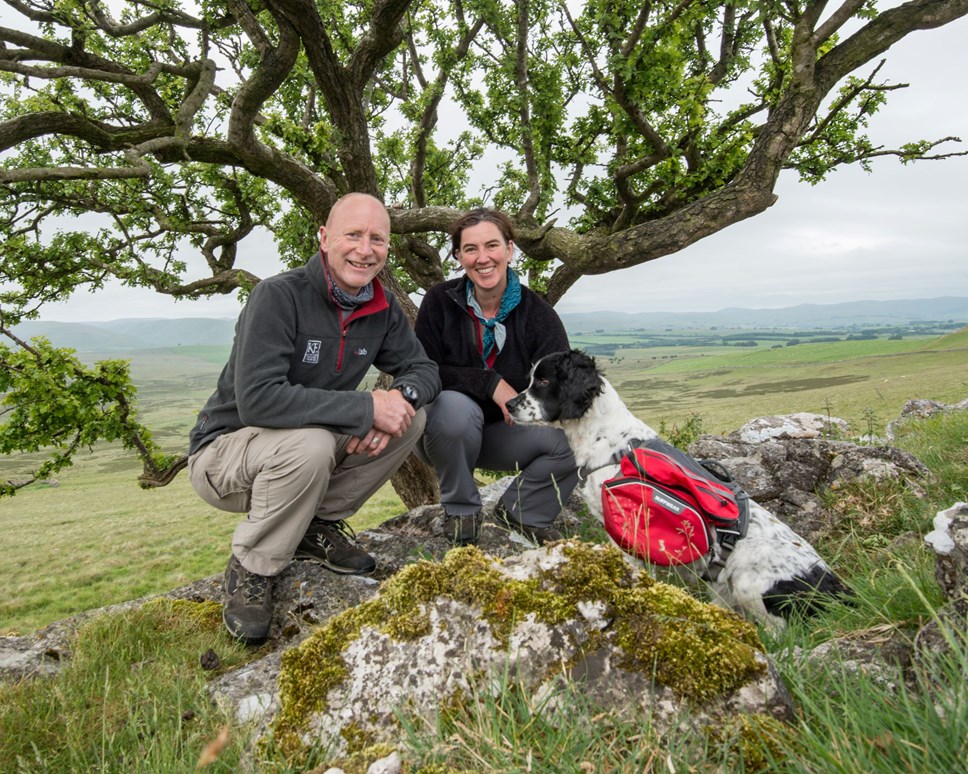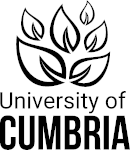
Art steps up for fragile landscapes
A countryside facing some of its toughest ever challenges is being thrown a visionary lifeline as artists and creative thinkers are brought into the frame.
Amid pressing concerns over climate change, habitat declines and post Brexit farming, an ambitious five-year mission aims to be a catalyst for shifting dynamics.
Inspired by the Lake District’s World Heritage success in celebrating cultural heritage, the PLACE Collective will be working with specialists, organisers and operators who care for internationally renowned landscapes.
At the start of what she describes as an ‘exciting journey’, joint lead Harriet Fraser says it is a test of what can happen when people and art are used to generate new questions as a motivation for action.
People Land Art Culture and Ecology (PLACE) bridges with the Ambleside-based Centre for National Parks and Protected Areas (CNPPA). It links artists with those who work in and on celebrated but often fragile landscapes.
Farmers and foresters, academic researchers and scientists, ecologists and economists, policy makers and tourism providers will be part of the ongoing programme, with artists bringing new perspectives to places we all know and care for.
So said Harriet, who is working jointly with her husband Rob, in a project they say has got enormous potential to highlight issues and influence discussions around change.
She explained: “We firmly believe artists have a vital role to play. They’re informed by research, have fresh views and questions, and novel ways of engaging with people.
“At a time of very pressing concerns around climate change, biodiversity decline and some of the biggest challenges farmers have ever had, post Brexit, the timing is opportune.
“With the end of EU funding under the Common Agricultural Policy, they will need to adapt to new payment systems to sustain their businesses.
“Together with other land managers, their focus must shift to nature-enhancing habitats, increased connectivity in landscapes and addressing climate change issues.
“Building trust and communication between multi-interest groups from a range of different backgrounds is very important. Bringing art into a collaborative mix can, we believe, help to shift the dynamics of conversations and understanding.”
Environmental art researchers, Harriet and Rob masterminded acclaimed somewhere nowhere, bringing together walking, photography, poetry and installations from their Kendal-based practice.
They have worked extensively with scientists, farmers, analysts and public bodies on projects exploring landscape care, culture and rural policy.
PLACE embraces CNPPA’s five themes: ecology; human nature relationships; cultural landscapes; rural and visitor economy and wildlife conservation. Its artists from across the UK will work with a range of media, including photography, music, poetry, performance, film and illustration.
Harriet pointed to the work of Wordsworth, Ruskin and Potter and their influence on the way people perceive and value landscape, which was pivotal to the World Heritage Site (WHS) inscription.
She added: “We want to find out how artists can inspire current and future generations to get involved in shaping and caring for valued places and cultures. It would be great to think PLACE can help generate a creative legacy that can blaze a new trail.”
PLACE conversations are expected to start next month. Find out more on www.theplacecollective.org
Pictures show:
Harriet and Rob Fraser with the third member of their collaborative arts practice, Guillemot the Springer
Harriet and Rob Fraser placing a temporary installation above Buttermere in October 2019 as part of the Sense of Here project
For interview requests and further information contact Karen Barden 07793 083106.
